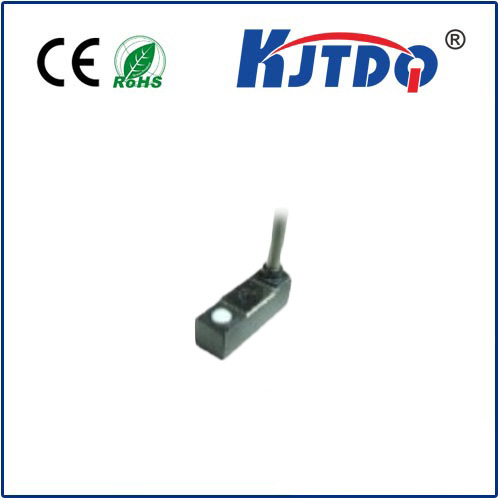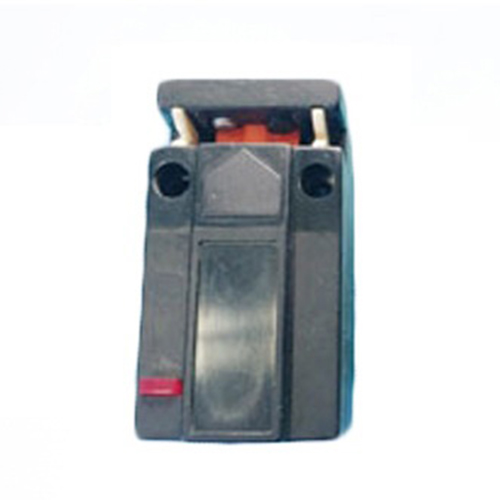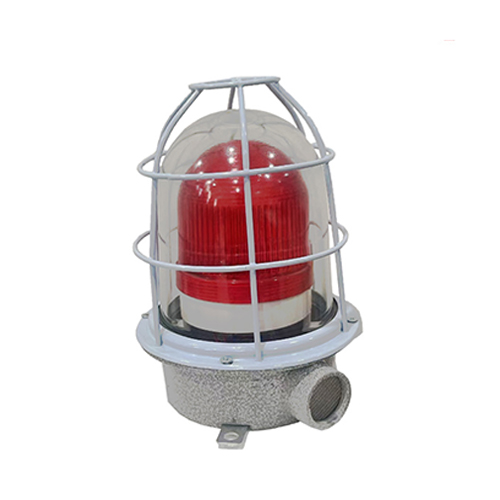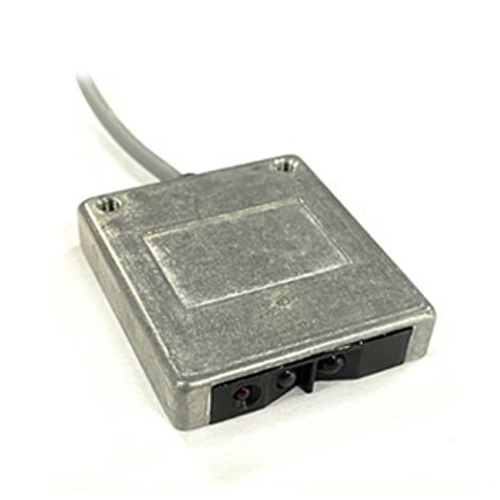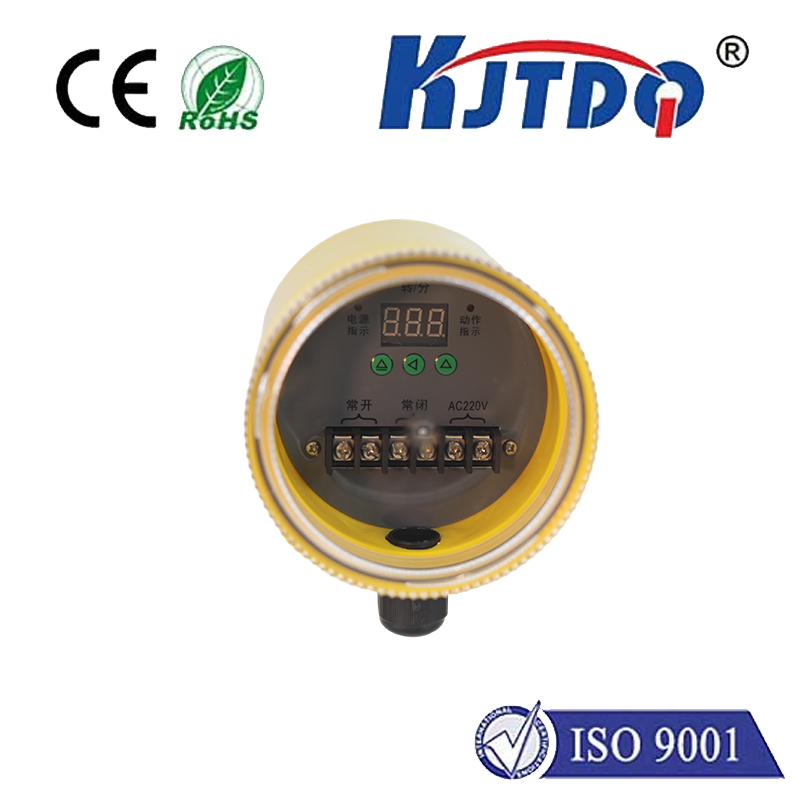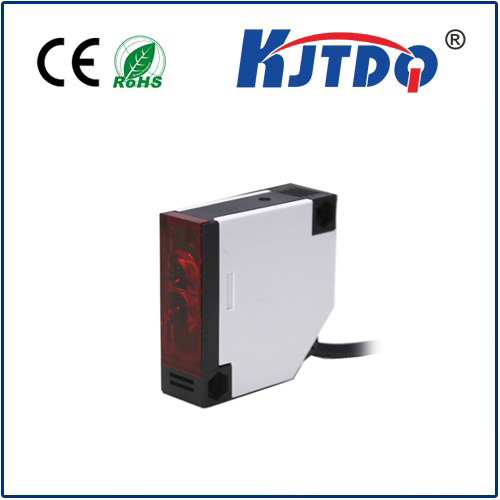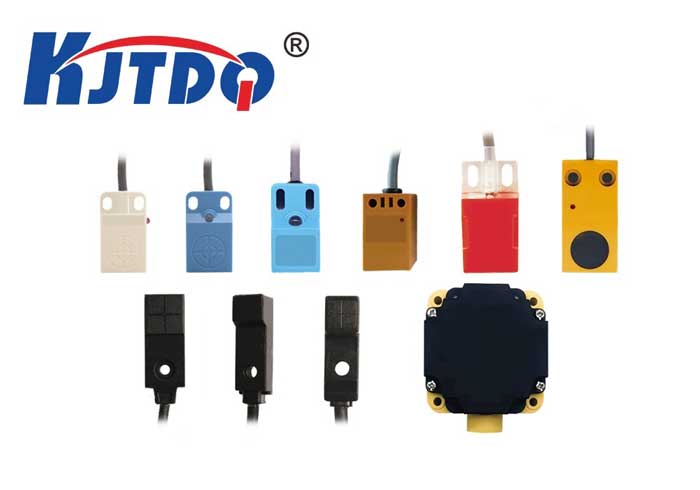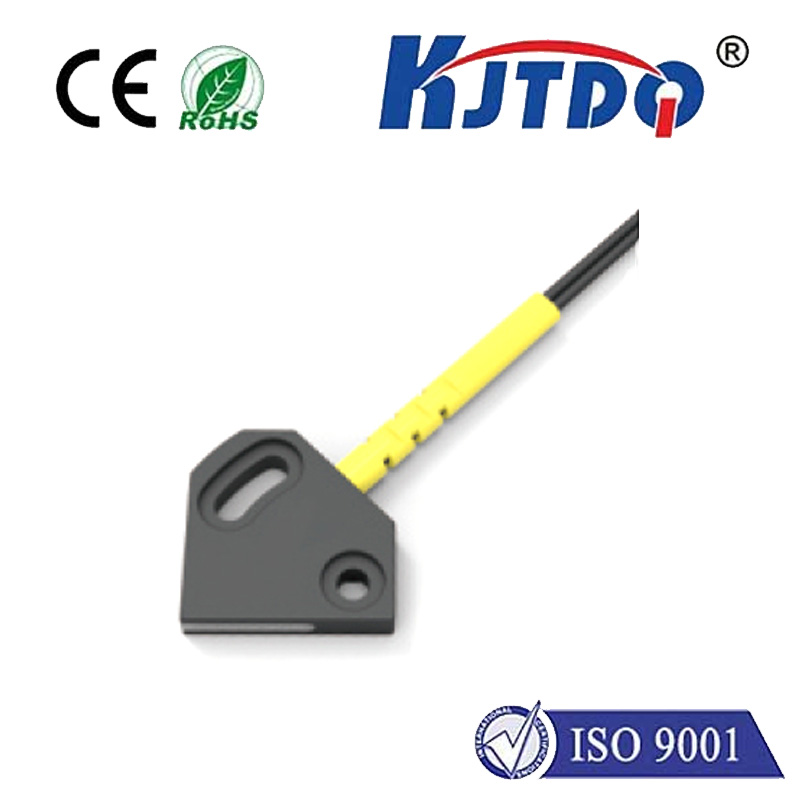
Проверка

Проверка

Проверка

Проверка

Проверка

Проверка
Imagine your car door clicking securely shut, an industrial robot arm stopping precisely before collision, or a high-speed assembly line detecting components flawlessly. Behind these seemingly simple actions often lies a remarkably reliable workhorse: the Hall Proximity Sensor. Unlike traditional mechanical switches, these devices operate without physical contact, detecting the presence or absence of objects through the invisible force of magnetism. Understanding their function and diverse applications reveals why they are indispensable in our increasingly automated world.
At the heart of every Hall proximity sensor lies the Hall Effect, discovered by Edwin Hall in 1879. This fundamental principle describes how a voltage difference (the Hall voltage) is generated across an electrical conductor when it is exposed to a perpendicular magnetic field. Modern hall effect sensors capitalize on this phenomenon. They typically contain a Hall element (a semiconductor slice), integrated circuitry for signal conditioning (amplification, triggering), and output electronics (like a transistor). When a magnetic field – usually from a permanent magnet attached to the target object – approaches the sensor face, it influences charge carriers within the Hall element. This interaction produces a voltage change. The sensor’s integrated electronics process this change, triggering a clean, rapid, and non-contact output signal (like switching a transistor ON or OFF) to indicate the target’s presence or absence.

The non-contact nature of Hall proximity sensors is arguably their most significant advantage. Because there’s no physical wear from touching targets, they offer exceptional longevity and reliability, significantly outlasting mechanical switches in demanding environments. This translates directly to reduced maintenance costs and downtime. Furthermore, their operation is immune to dirt, dust, oil, moisture, and other common contaminants that plague optical sensors or mechanical contacts. This robustness makes them ideal for harsh conditions prevalent in factories, automotive undercarriages, and outdoor equipment. Hall sensors also react incredibly fast, capable of detecting minute positional changes or high-speed objects passing by with impressive accuracy. They are also largely unaffected by vibration or acoustic noise.
Consequently, Hall proximity sensors permeate countless industries:
Key differences exist within the Hall sensor family. Unipolar sensors activate only when a specific pole (e.g., South) of a magnet approaches. Bipolar sensors trigger with either pole approaching, simplifying installation but requiring specific magnetic field strength changes. Omnipolar sensors detect either pole approaching without requiring a significant change in field strength, offering maximum installation flexibility. Output types also vary, from simple digital (ON/OFF) signals, often provided via NPN or PNP transistors, to programmable analog outputs (voltage or current proportional to distance/field strength) for precise position measurement, and sophisticated digital interfaces like I²C or SPI communicating with microcontrollers.
The evolution of Hall effect sensors continues. Miniaturization enables their use in incredibly compact devices, like wearables and medical implants. Integration of advanced features – programmable sensitivity thresholds, temperature compensation, built-in diagnostics, and sophisticated digital protocols – is increasing, creating smarter and more adaptable sensor solutions. The pursuit of lower power consumption makes them ideal for battery-powered applications. Emerging applications include augmented reality controllers, more sophisticated human-machine interfaces, and highly reliable sensing in renewable energy systems like wind turbines.
In essence, Hall proximity sensors are the unseen enablers of reliability, precision, and efficiency across the modern technological landscape. Their unique ability to provide non-contact detection, coupled with their robustness, speed, and longevity, makes them a cornerstone technology in industrial automation, automotive safety, and countless everyday devices. As the demand for smarter, more reliable, and contactless sensing grows, the fundamental principles of the Hall Effect will undoubtedly continue to empower innovative applications for decades to come.

